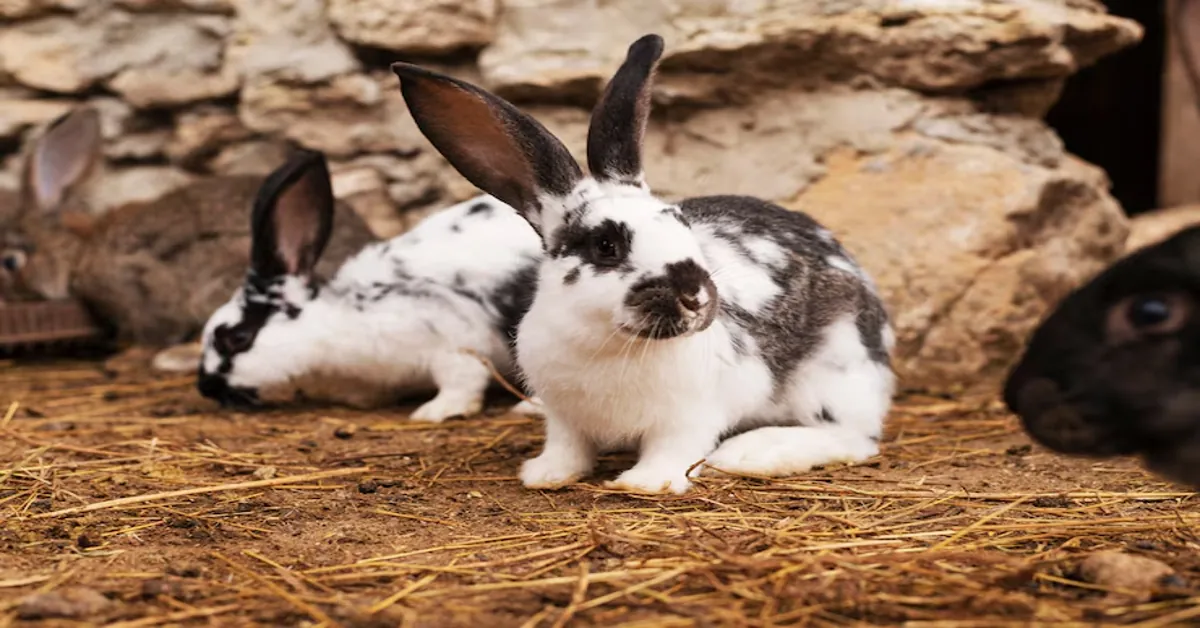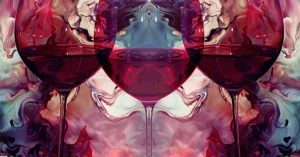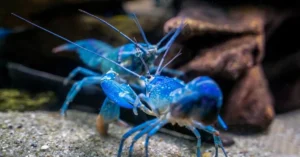The phrase “poor bunny” might seem simple or even whimsical, but it carries surprising emotional weight and cultural relevance. Whether used in the context of internet memes, animal welfare discussions, or as a symbolic expression of empathy, “poor bunny” resonates with audiences globally.
In this article, we unpack the layered meanings behind the term, its viral internet journey, and why it touches so many hearts.
The Origins of the “Poor Bunny” Phrase
The term “poor bunny” is often used in colloquial English to denote sympathy or pity, typically toward a vulnerable or innocent figure. While its exact origin is hard to pinpoint, it gained popularity in digital spaces as a phrase of emotional shorthand.
Early Usage:
- Found in children’s literature and moral tales
- Used in parenting and educational contexts to explain empathy
- First notable viral usage in online forums and image boards around 2007
The appeal of the phrase lies in its universal relatability—everyone has felt like a “poor bunny” at some point.
Poor Bunny in Internet Culture
In the age of memes, the term “poor bunny” found new life. Often used as a caption under images or gifs of sad, frightened, or awkward rabbits, it became a digital symbol for:
- Vulnerability
- Misunderstanding
- Emotional burnout
Popular Memes:
- Bunny sitting in a corner captioned “When you try your best but still fail… Poor bunny.”
- Edited videos with sad music overlaying footage of a real rabbit in a comical situation
- Fan-art depicting famous characters as bunnies in melancholic scenes
The term snowballed into a larger online trend, used across Reddit, Tumblr, Twitter, and TikTok.
Real-Life Bunnies: Welfare and Awareness
Beyond internet humor, “poor bunny” often reflects real concerns about rabbit welfare. Domestic rabbits are frequently misunderstood pets, and their care is often underestimated.
Common Challenges:
- Inadequate housing or cages
- Lack of proper veterinary care
- Poor diets that cause long-term health issues
According to the House Rabbit Society, thousands of rabbits are surrendered to shelters every year due to lack of awareness. In these cases, “poor bunny” is more than a phrase—it’s a reflection of genuine neglect.
Emotional Impact and Psychological Symbolism
The symbolic power of “poor bunny” extends beyond humor or animal welfare. It taps into deeper emotional themes such as:
- Innocence lost: A bunny is often seen as a pure and gentle creature.
- Emotional fragility: People use the term to describe moments when they feel emotionally overwhelmed.
- Empathy: Saying it becomes a non-judgmental way of offering comfort.
This has led some mental health advocates to adopt the symbol in promoting self-compassion and emotional literacy.
Poor Bunny in Art, Literature, and Pop Culture
Bunnies have long symbolized vulnerability, curiosity, and timidity in creative works. The “poor bunny” motif appears across various forms of storytelling.
Notable Mentions:
- “Watership Down” by Richard Adams: Rabbits as metaphors for survival and community.
- Anime characters like Usagi Tsukino (Sailor Moon), whose name literally means “rabbit.”
- Children’s books such as The Velveteen Rabbit emphasize emotional depth and transformation.
These portrayals mirror real-world emotions, enhancing the phrase’s appeal.
The Role of Memes in Advocacy and Empathy
What makes “poor bunny” memes stand out is their double function: they amuse and educate. Animal welfare organizations and mental health advocates have begun to use them to spread awareness.
Examples:
- SPCA Campaigns using bunny illustrations with messages like “Don’t make it a #PoorBunny”
- Therapy memes that show a sad bunny with captions like “You deserve rest, little bunny.”
These creative applications make complex issues more accessible, especially to younger audiences.
Educational Value Behind the Trend
Believe it or not, the “poor bunny” trend has academic and pedagogical merit.
In Classrooms:
- Teachers use bunny metaphors to teach kindness
- Role-play scenarios where students act as “protectors of the poor bunny”
In Psychology:
- Therapists use bunny imagery to help clients access emotions safely
- Cognitive Behavioral Therapy (CBT) modules include animal metaphors for vulnerability
In this context, it becomes a tool for emotional development.
How to Support Animal Welfare Responsibly
If the “poor bunny” trend resonates with you, consider taking action to help real bunnies around the world.
What You Can Do:
- Adopt, don’t shop: Many rabbits in shelters need loving homes.
- Educate yourself: Learn proper rabbit care before adopting.
- Donate: Support organizations like the House Rabbit Society.
- Share responsibly: Promote ethical content about animals.
Every small action can help turn a “poor bunny” into a happy one.
Poor Bunny as a Metaphor for Vulnerability
At its core, the phrase touches on a universal human experience: the desire to be seen, understood, and cared for. “Poor bunny” isn’t just a meme or a caption. It’s a metaphor for every moment when we feel small, overlooked, or fragile.
This is why the term resonates so widely. It offers a safe, gentle way to express big feelings.
READ MORE:Naomi Swap: A Decentralized Exchange Revolution
Conclusion & Call to Action
The phrase “poor bunny” has evolved from a simple expression of pity into a rich symbol of empathy, education, and social commentary. Whether in a meme or a rescue mission, it speaks to our collective yearning for kindness and connection.
If you’ve ever laughed at a “poor bunny” meme or felt a tug at your heart seeing a real one in need, take the next step:
Adopt responsibly, advocate for animal welfare, and remember to lead with empathy—for bunnies and for each other.
Frequently Asked Questions (FAQ)
What does “poor bunny” mean on social media?
It typically refers to someone or something evoking sympathy or emotional vulnerability, often through humor or memes.
Is “poor bunny” used literally or metaphorically?
Both. It can describe real-life animal welfare situations or be used metaphorically to represent emotional states.
Are there organizations using the phrase for good?
Yes. Many animal welfare groups and mental health advocates use bunny imagery in their campaigns.
Why do people relate so much to bunnies?
Because bunnies represent gentleness, innocence, and emotional openness—traits we often see in ourselves.
Can using “poor bunny” help raise awareness?
Absolutely. When used thoughtfully, it can spark empathy and educate audiences on important issues.









